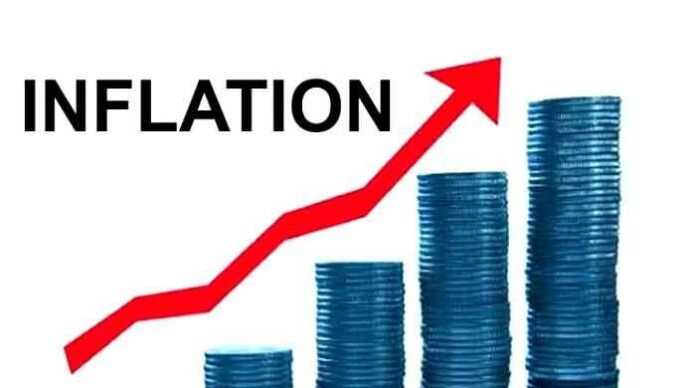Projecting the inflation rate to remain at around 9 per cent, the Ministry of Finance believes the overall macroeconomic indicators were leading the country to a long-term sustainable growth path.
According to the ministry’s monthly economic update and outlook for September, revenue collection by the Federal Board of Revenue (FBR) stood at only Rs586.6 billion in July-August FY21 — about Rs6.5bn lower than Rs593bn reported by the FBR; the collection posted 1.8pc growth when compared to Rs576bn during the same period last year.
Although the finance ministry reported 56pc growth in non-tax revenue and tight control on expenditures showing 5pc reduction, it said the expenditure side would remain under pressure because of high public spending due to Covid-19.
“Looking forward, based on current economic, fiscal, monetary and exchange rate policies and on prospects for the international environment, economic activity is expected to rebound in the first quarter of FY21, compared to the last quarter of the previous fiscal year.” the ministry’s Economic Adviser’s Wing stated.
The ministry said that based on current information and in absence of unexpected shocks, the year-on-year (YoY) inflation rate in the first quarter of FY2020-21 will be substantially lower than the one observed in the first quarter of FY2019-20.
It said the consumer price index (CPI) was expected to be slightly higher because of positive growth in the first two weeks of the sensitive price index (SPI). On the basis of this information, “headline inflation is expected to remain within a range of 7.8 to 9pc in September 2020” and inflation for the first quarter of FY2021 was expected to be around 8.4–9pc, compared to 10.1pc in the corresponding period last year.
The report also underlined that monsoon rains this year had damaged a few crops in south Punjab and Sindh, increasing the cost of production for farmers.
The area under cotton has been decreased by 12.2pc as compared to the last year, which is a downside risk for the growth of overall crops.
The data available shows that prospects for the crop sector’s growth are mixed.
The finance ministry further said the exports remained at $1.5bn in August 2020, which were negatively impacted by heavy rains in Karachi but were expected to have recovered in September. Hence, for the first quarter of FY2021, exports are expected to remain at around $5.2-5.8bn, as compared to $6bn during the same period last year.
Imports in August 2020 remained at $3.2bn, compared to $3.5bn in August last year. Imports are expected to be around $10.0-11.1bn for the first quarter this year, compared to $11bn of last year.
The Economic Updates and Outlook Report for September also revealed that the foreign remittances may further slowdown in the range of just $1.3 billion to $1.6 billion in September.
The report, released on Monday, stated that the cumulative remittances for the July-September quarter will still be higher than the corresponding period last year.
“The MEI (Monthly Economic Indicator) shows strong growth in the first two months of FY21, but the estimate for August may be revised later once the effects of the excessive rains on trade and manufacturing will become apparent in the official August large-scale manufacturing data”, according to the report.
It may be mentioned here that the Finance Ministry’s previous report had pinned hopes on a 1pc economic growth in the first quarter, something that the latest report negates.
According to the ministry, the fiscal deficit is expected to remain as targeted for the first quarter; however, the risk of high public spending due to Covid-19 may build pressure on the expenditure side.
Due to the better performance of non-tax revenues, the primary balance is expected to remain in surplus in the first quarter of this fiscal year, the report stated.



































